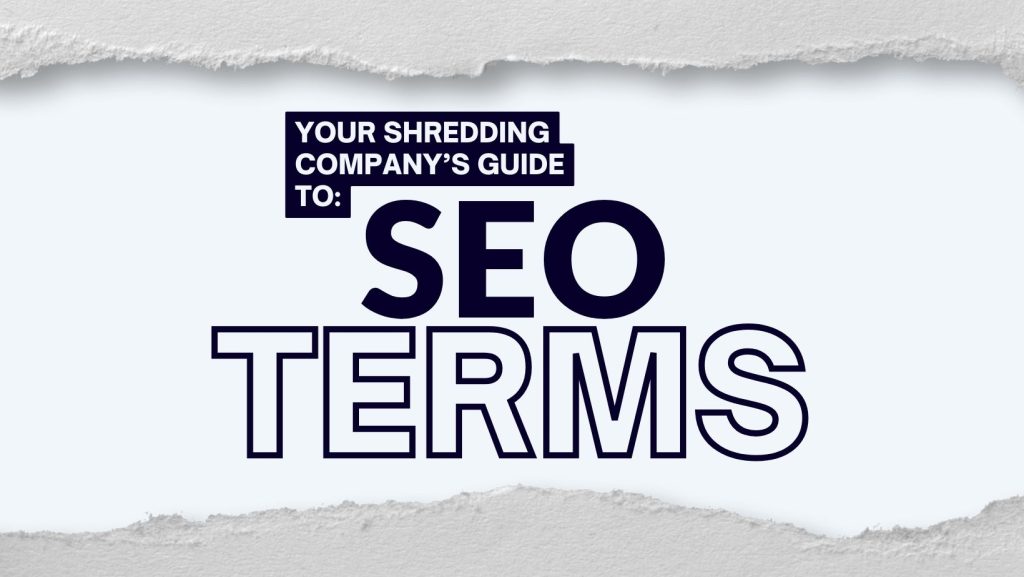Social media optimization (abbreviated as SMO) refers to the use of a number of social media outlets and communities to generate publicity to increase the awareness of a product, brand or event. Types of social media involved include RSS feeds, social news and bookmarking sites, as well as social networking sites, such as Twitter, and video and blogging sites. SMO is similar to search engine optimization in that the goal is to generate traffic and awareness for a website. In general, social media optimization refers to optimizing a website and its content in terms of sharing across social media and networking sites.
Social media optimization is becoming increasingly important for search engine optimization, as search engines are increasingly utilizing the recommendations of users of social networks such as Facebook, Twitter, and Google+ to rank pages in the search engine result pages. The implication is that when a webpage is shared or “liked” by a user on a social network, it counts as a “vote” for that webpage’s quality. Thus, search engines can use such votes accordingly to properly rank websites in search engine results pages. Furthermore, since it is more difficult to tip the scales or influence the search engines in this way, search engines are putting more stock into social search.
While social media optimization is related to search engine marketing, it differs in several ways. Primarily, SMO focuses on driving traffic from sources other than search engines, though improved search ranking is also a benefit of successful social media optimization.
Social media optimization is in many ways connected to the technique of viral marketing or viral seeding where word of mouth is created through the use of networking in social bookmarking, video and photo sharing websites. Furthermore, by following social trends and utilizing alternative social networks, websites can retain existing followers while also attracting new ones. This allows businesses to build an online following and presence, all linking back to the company’s website for increased traffic. For example, with an effective social bookmarking campaign, not only can website traffic be increased, but a site’s rankings can also be increased. In a similar way, the engagement with blogs creates a similar result by sharing content through the use of RSS in the blogosphere and special blog search engines.
Social media optimization is considered an integral part of an online reputation management (ORM) or search engine reputation management (SERM) strategy for organizations or individuals who care about their online presence.
Andrew Penley
Head of SEO / SEM


